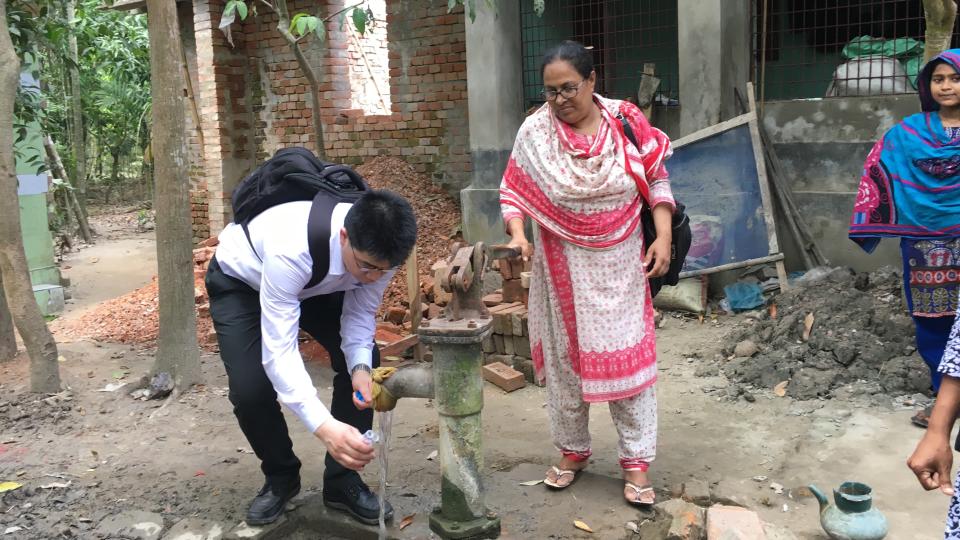Smartphone device used to detect poisonous levels of arsenic in water

A sensor that connects to a smartphone could help prevent millions of people from drinking water contaminated by arsenic.
Developed by researchers at the University of Edinburgh, the biosensor uses bacteria to detect unsafe arsenic levels in water.
It uses visual cues to warn of the presence of high levels of the metal in water, which is naturally present in the groundwater of some countries, and long term exposure to unsafe levels has been linked to cancer.
According to the researchers behind the device, it could be developed to replace existing tests, which they claim are difficult to use, require specialist laboratory equipment and can produce toxic chemicals.
Their study has been published in the Nature Chemical Biology journal.
Lead researcher Dr Baojun Wang from the university’s school of biological sciences said: “We tested our sensors with samples from wells in a village in Bangladesh.
“The arsenic levels reported by the sensors was consistent with lab-based standard tests, demonstrating the device’s potential as a simple low-cost-use monitoring tool.”
As many as 20 million people in Bangladesh, in mostly poor, rural areas, drink contaminated water, the researchers said.
The tool uses a biosensor created by manipulating the genetic code of the bacteria Escherichia coli (E. coli), triggering them to produce fluorescent proteins when arsenic is detected.
Water samples are fed into the plastic device containing bacteria with different levels of sensitivity, with the results then showing up on the smartphone.

 Yahoo Finance
Yahoo Finance 